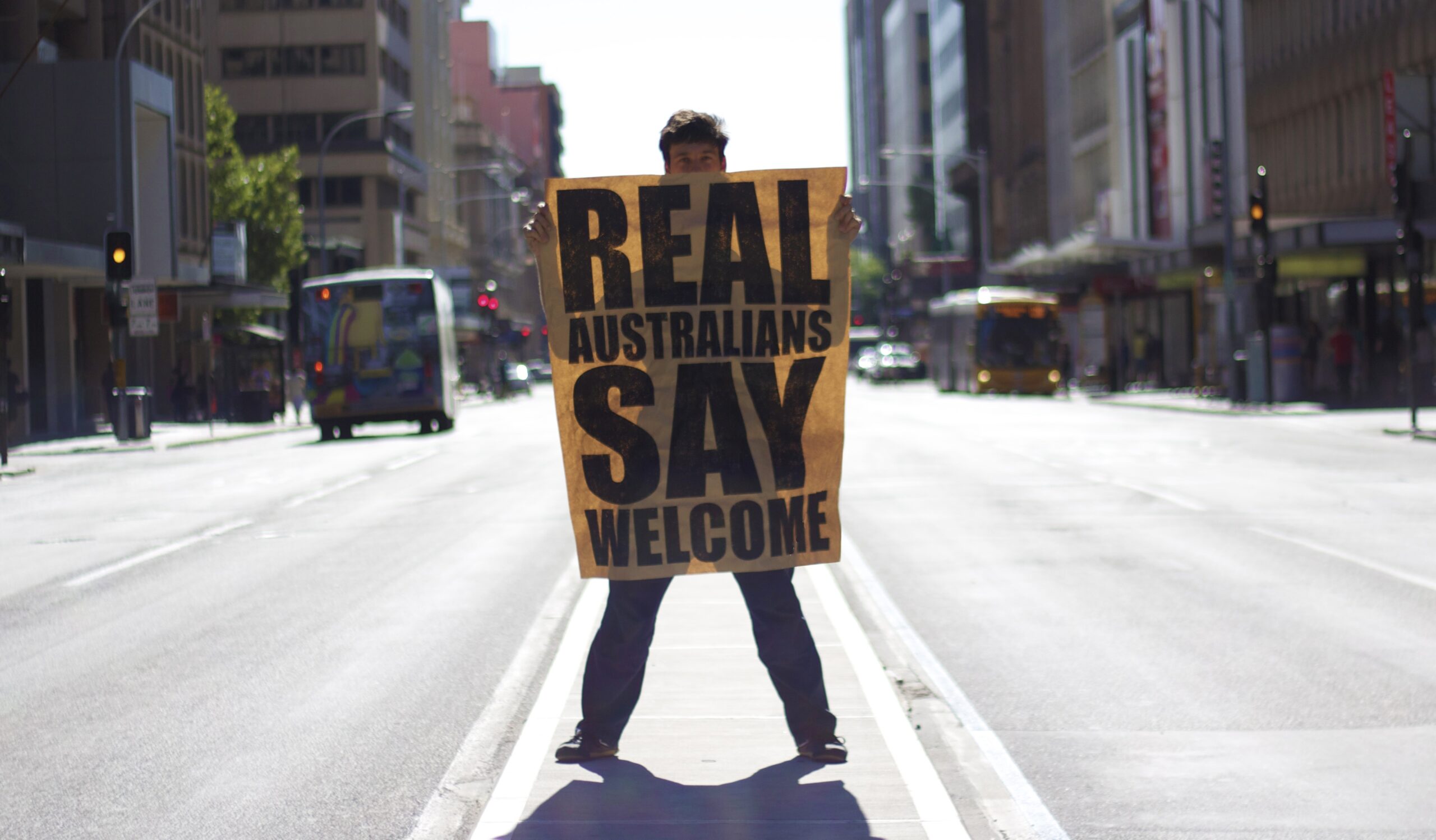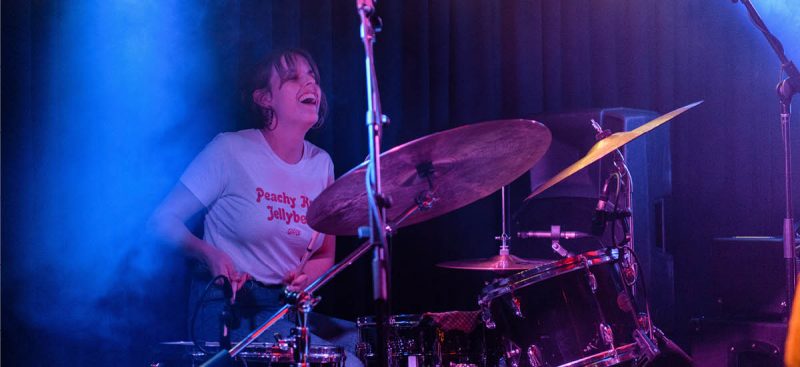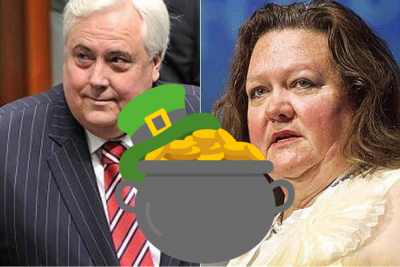Masterchef, sport and popping cultural bubbles
Australia’s largely homogeneous population has historically made strategy around how to reach them seemingly pretty simple in comparison to other more fragmented populations. Yet, with cultural and wider diversity we are met with a long overdue need to be a bit less lazy in accessing audiences that live outside what can be viewed as the norm, in a bubble, beyond the mainstream ignored or not understood.
In a research focus group I moderated last year with people from diverse cultural backgrounds, one middle-aged Indian lady, relatively new to Australia, spoke of her love of how Australia allowed her family to live in somewhat of a cultural bubble. Free to embrace their cultural values, lifestyle, media et cetera largely isolated from what most business and government decision makers would view as mainstream Australia. This lady, her family and community had no interest (or even awareness) in Married at First Sight, watched Indian TV and other media, ignored Australian media and lived in a cultural bubble.
Being culturally isolated in a multicultural country is a somewhat complex topic. Sometimes a choice and other times not. The safety and comfort of those with similar values, language, food and customs is compelling. Add to this a sense of not always feeling welcome by brands, communicators and the community cultural isolation is enticing.
I recently interviewed a confident well established Australian-Chinese media spokesperson. She spoke of how many aspects of quintessentially Australia, such ‘Bondi Beach’ (or any other similar locations), do not make her feel welcome. She feels welcome in many aspects of Australia, but not others. This can be personal preference or other factors.
Communicating with diverse and often ignored segments of the community is less about having the brochure, the website et cetera in a wide range of languages, it is more so being available and visible where diverse communities congregate, shop and absorb media.
Removing strategic assumption that Australia is homogeneous and strategically vanilla, and considering ways to better access, communicate with and sell to the 30% of Australia’s only 26 Million population who are migrants 2020 ABS, and a further 20% with at least one parent born overseas. Many of these live isolated from the norm.
The complexity in accessing the diversity of our community, cultural and otherwise, is further complicated by media fragmentation, streaming stations, YouTube channels and an ability to tailor and ignore media according to an individual’s person tastes and interests.
Digital does provide an increasing ability to target niche segments, yet it is generally so narrowly targeted it fails to have any true sustainable impact on growth of brands, cultural shift or reaching diverse communities. I’m still unconvinced from our research and wider data of digital’s measurable impact beyond click through to catch a bargain or baited media articles. Digital has a role, but is not the sole answer to accessing hard to reach audiences.
From our research, television remains strong in its ability to access audiences and engage, even with media fragmentation. Big media are ever investing in ways to entice audiences and provide a platform for brands, governments and others to reach their viewers.
Masterchef and similar cooking shows have been one example of an attempt to access diverse audiences, through ‘food’ and to transcend cultural bubbles through embracing multiculturalism in its hosts, guests and contestants. Australia through a wider cultural lens.
The program has been popular, typically ranking #1 across its 13 seasons. Yet, partly due to media fragmentation, as well as choice and other factors, the viewing numbers are slipping.
Masterchef Australia media viewing statistics (millions)
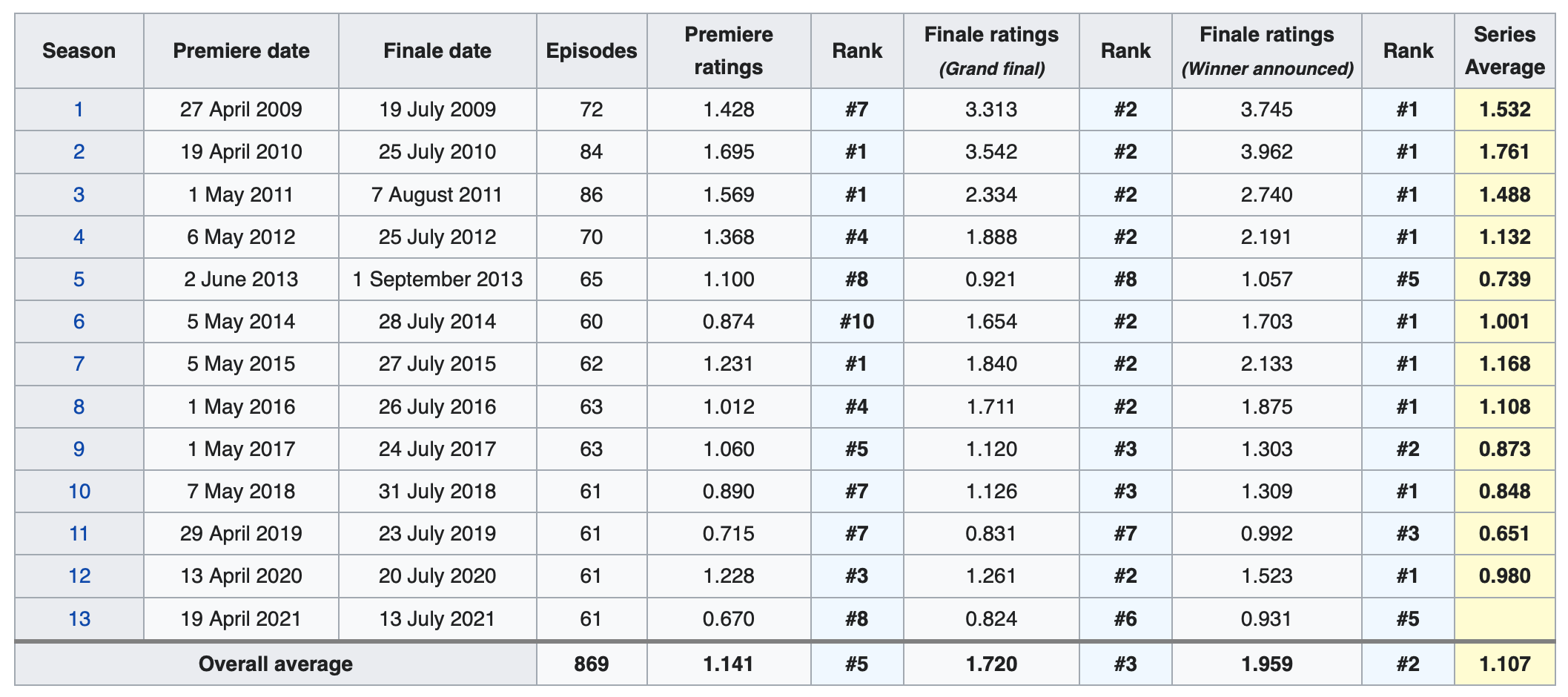
Masterchef is one of the very few examples on Australian commercial television of representing cultural diversity, thereby (potentially) attracting audiences beyond a homogenous context. However, even shows such as Masterchef have been accused of presenting multiculturalism through a lens of ‘white multi-culturalists’ …
“who advocate tolerance and multiculturalism. But they also grant themselves the right to determine who is to be tolerated as part of the nation’s cultural and moral core.” (Read full interesting article from The Conversation here >).
The article noted above also refers to research by Deakin University that showed those presenting on Australian television are overwhelmingly white. They examined two weeks of programs, and found more than 75% of presenters, commentators and reporters were of Anglo-Celtic background, compared to 58% of the population. If cultural diversity is not represented by mainstream media, it is not surprising cultural isolation is compelling.
Sport is also one of Australia and world’s great unifiers of diversity, attracting audiences across cultural bubbles. The Olympics, World Cup, Cricket et cetera attract large culturally diverse audiences. In Australia, cricket recorded 13 million domestic viewers across the Ashes Test Series (More here >) and 3.9 viewed the AFL Grand Final in 2021 (More >). Yet, again, is the diverse audience being filtered with a homogeneous white Australian lens?
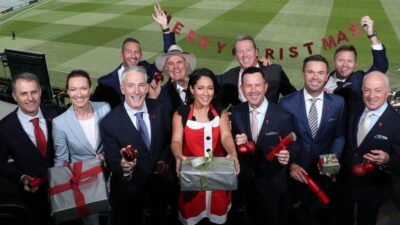
While it is quite logical to go for the low hanging fruit targeting a seemingly homogeneous Australia, as that’s been our traditional default. There are opportunities available for growth ethically, culturally and commercially from taking a less lazy approach to our media, brand, communications and wider strategies. Businesses accessing new potential customers, or government campaigns accessing previously ignored key audiences.
Leaders in business and government are often more than culturally isolated, they are skewed towards socio-economic and geographic bias, and in reality have a very narrow view of the reality of real Australian. Their upbringing, cultural background, place of residence, education and financial status is likely privileged beyond their customers and wider market.
In another recent interview I conducted with a young Australian-Vietnamese film maker spoke of the increasing willingness locally of some media (e.g. ABC and SBS) ‘to take risk’ in considering TV / film ideas talking to a wider definition of Australia, the often hidden stories within cultural bubbles. He was pleased that media was getting better, but sad it still needed mandates to overcome inherent unconscious (or conscious) bias. Diversity often needs to be mandated before it becomes the norm, and seemingly progress is being made.
Widening our perspective and being a little less blinded in our own safe bubbles, will provide opportunities to open up cultural bubbles, created through choice or not always feeling welcome or relevant from the lens of those who set the norm, morals and narrative.
Take care, be kind and smile.
